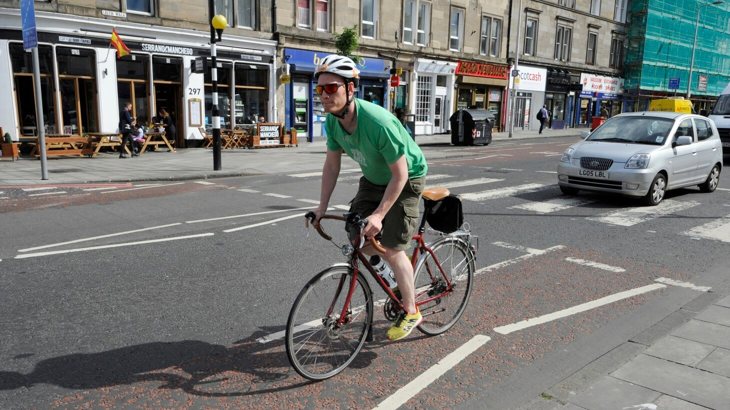Approaches to valuing transport schemes that lead to poor investment decisions may become further embedded under new Government proposals. The parts of transport appraisal guidance that link wider economic impacts to investment are already very difficult to navigate. New proposals may lead to even less transparency in the decision making process.

Approaches to valuing transport schemes that lead to poor investment decisions may become further embedded under new Government proposals. The parts of transport appraisal guidance that link wider economic impacts to investment are already very difficult to navigate. New proposals may lead to even less transparency in the decision-making process.
Our concern is that a consequence will be that more high cost, big infrastructure, dubious benefit – such as big road and rail schemes – may result, at the expense of more pragmatic investment in walking and cycling.
Wider economic benefits
In the context of WebTAG, ‘wider economic benefits’ means “the additional benefits (or disbenefits) that can arise as the impact of transport improvements is transmitted into the wider economy, beyond those businesses and passengers that are directly affected by the transport change. They arise due to distortions or market failures, which mean the economy is not functioning efficiently, such that direct benefits do not capture all of the welfare associated with a transport investment”
The scenario of the ‘dream thatched cottage’ has been used to illustrate the wider economic benefits of a notional transport scheme. This runs roughly along the lines that: if a transport intervention enables someone to move further from their workplace, then this is a good thing because house prices will rise in the more distant area, even though the commute for the purchaser is longer and more damaging. This sort of scenario is a challenge at two levels.
On the one hand, it is precisely counter-intuitive to much of Government policy in respect of emissions and environmental effects. On the other hand, it grossly oversimplifies the economic effect and fails to consider any of the wider ramifications of rising house prices in other areas.
We make three key points in our consultation response:
1. Linking the economic case to the strategic case ought to be useful, but the reality is somewhat different.
Webtag is clear that the economic case should be linked to the strategic case.
However, in our view, poor expression of scheme intentions prevents stakeholders from constructively engaging with the proposal. The consequence of this is that it is difficult to discern how alternative proposals, perhaps for different modes, can make a positive contribution to the solution.
We hope that better clarity and transparency in the case for a scheme may expose the fragility of the economic assumptions that support a case, and make contesting the proposed solution easier.
2. We are not very good at forecasting and quantifying economic impact.
A huge area of concern is the degree of rigour that underpins assertions of economic knowledge. That is to say, we are highly sceptical of the claim that we can be certain of the economic effects of any one intervention. We contend that we can rarely get the modelling of traffic flows right (we rarely see examples where pre-scheme forecasts are similar to measured outcomes), let alone get the modelling of the economic effects of traffic flows right.
For us to have confidence in economic modelling, we need to be able to better evidence effects. This means capturing real effects, properly comprehending unintended consequences, accommodating market distortions, allowing for perceived bias, understanding potential amplifications, etc.
3. The risk of reinforcing the predict-and-provide approach to transport planning is high, and this would be disastrous.
We are also concerned about the extent to which the approach to wider economic impacts assessment is a crutch for established practice to pervade.
We are thinking particularly of the predict and provide paradigm. This says that we predict the future based on the past and cater for a future demand that fits within the constraint of the current. In this way, current approaches to transport provision are ‘locked-in’.
This problem is well-evidenced in terms of road building. We see historic growth in traffic; future models predict growth in traffic on this basis; we perceive that the way to deal with forecasted growth is to build new roads; traffic growth ensues. We disregard the possibility of changing the paradigm by changing provision. We foresee a risk that the problems of predict and provide in transport modelling and forecasting may be exacerbated by economic modelling.
Negating the risk of miscalculating impact
The particular challenge here is that walking and cycling can have a transformative effect in the context of both local transport and local economies. This is exemplified in the small number of UK cities where cycling is at unusually high levels, and the numerous European examples where cycling predominates.
We need to be able to assess walking and cycling schemes on a level playing field with other transport schemes, and we are far from convinced that the new guidance enables us to do this.

